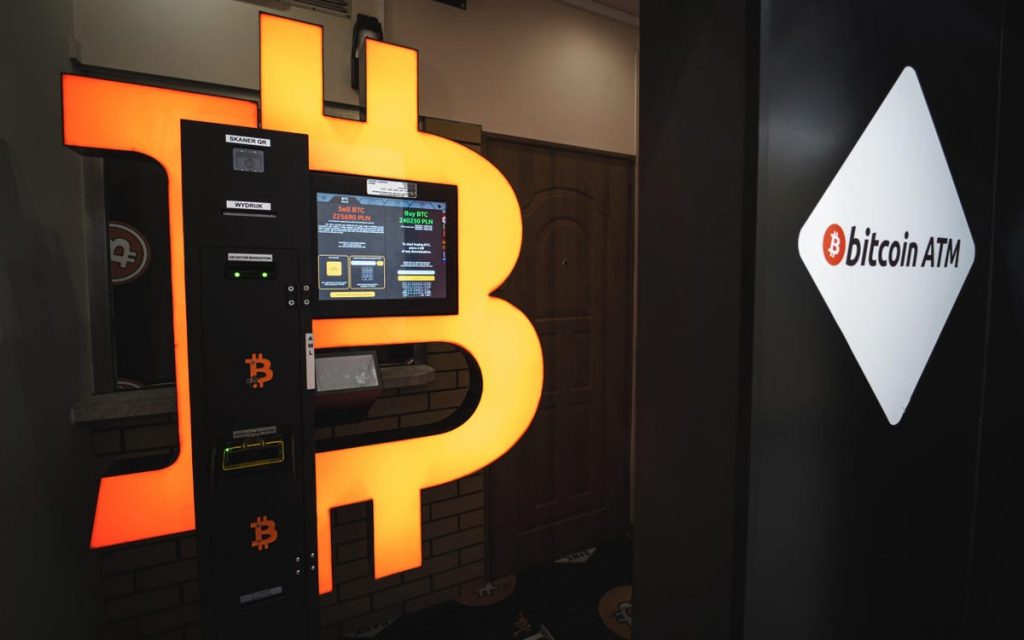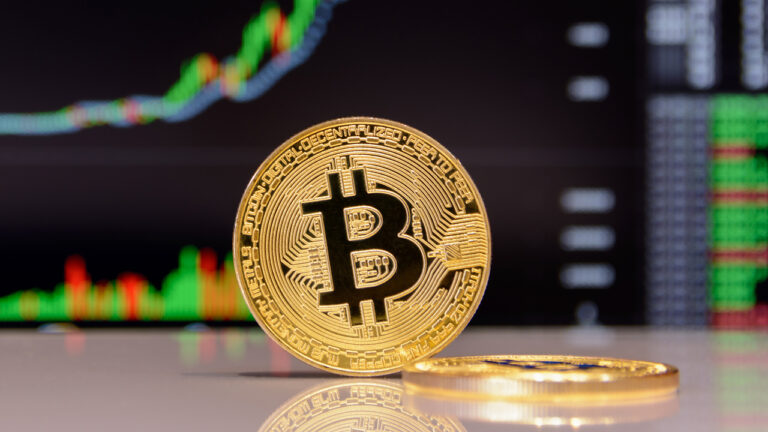Where Can I Buy Cryptocurrency?
Bitcoin is a digital currency that allows people to store value without relying on governments. It has been gaining traction in many countries.
To buy bitcoin, you need to find an exchange or trading platform that sells the cryptocurrency. These platforms also connect you to a payment method, such as credit cards or bank transfers.
Exchanges
Exchanges allow users to trade cryptocurrency, including Bitcoin, with fiat currencies. They offer a wide range of deposit and withdrawal options, including bank transfers, credit cards, and ACH deposits.
In addition, some exchanges require you to verify your identity to use their services. This is useful to ensure that you’re not using your money for illegal purposes or to finance terrorism.
A good exchange should be able to process your order fast and securely. It should also have low fees and be regulated by a government agency. A good exchange should also have a reliable customer support team.
ATMs
Bitcoin ATMs (BTM) are machines that allow consumers to buy and sell bitcoin without having to share their bank account information. These kiosks can be found in stores, taverns, restaurants and malls around the world.
BTMs are easy to use and are a fast and convenient way to get access to bitcoin. However, they can be a bit intimidating for first-time buyers and may not be suitable for large transactions.
Transactions take a while to be confirmed. It’s best to be aware of this when using a BTM.
Once you insert your cash, you’ll need to confirm the transaction by scanning a QR code with your wallet address. This can take up to 10 minutes, depending on the machine’s network traffic and the amount of cryptocurrency purchased.

Peer-to-peer transactions
Bitcoin is a decentralized digital currency that allows peer-to-peer transactions without the need for third parties like banks, governments, or agents. This enables users to trade virtual currencies directly with other users around the world without having to trust any centralized entities to keep track of their transactions or ensure they aren’t being used for illegal activities.
When a node boots up, it searches for any existing peers on the network. It then connects to the peer and sends a verack message to acknowledge it, if the other node has not already connected.
Depending on the size of the blockchain, the node may also request a specific number of blocks at a time from its peers, which spreads the load and ensures that all nodes do not overwhelm each other with requests. This is done by checking how many blocks are “in transit” per peer connection (MAX_BLOCKS_IN_TRANSIT_PER_PEER), which is the limit for each block in a given chain.
Mining
Mining is an energy-intensive process that creates new coins through complex mathematical calculations. It can be profitable but can also be very time-consuming and expensive.
To mine, you need specialized Bitcoin https://www.bybit.com/en-US/ mining hardware, called application-specific integrated circuit devices or ASICs. These devices have evolved through a competitive arms race to keep up with the demand for computing power needed to secure the blockchain and solve its many complex math problems.
When you’re choosing a miner, you need to consider the hash rate of each device, its temperature control requirements and electricity consumption. The device that consumes the least electricity will be more profitable than one that uses the most, and this is particularly important if you’re mining in a location with high power costs.
Environmental concerns have risen as a result of the rising energy usage of Bitcoin miners. Some governments have begun promoting the use of renewable energy in Bitcoin mining operations. Companies like Tesla have even suspended their purchases of Bitcoin due to the carbon footprint associated with crypto mining.

